You are here
Transient Ultra Wide Band Measurement System
The project ' Ultra Wide Band measurement system ' includes the activities of research for the Department ' Waves and Associated Systems ' which have for objective the elaboration of transient U.L.B. devices dedicated to the radar design, the metrology and to the high power radiated sources.
Metrology
|
Characterization of a concrete wall |
A transient measurement system ULB was developed for the electromagnetic characterization of walls constituted by building materials. The general concept of this device is to radiate ultra short pulse and measure the pulse transmitted through the wall to characterize. Measurement without walls is also performed. With these measurements, the transfer function of the material over the entire spectrum of the excitation pulse is obtained. This characterization, combined with a deconvolution algorithm allows extracting the dielectric properties of the material. |
|
OUTDOOR antenna testbench |
A transient test bench allowing the characterization of radiation patterns of antennas outside anechoic chamber was designed and set up. The principle of this metrology based on the use of a very short pulse generator (of the order of few ns) which feeds an antenna to be tested. The transient pulse radiated by the antenna is performed by an electric field sensor. The antenna under test being disposed on a turntable, the acquisition of the near field is carried out on a cylinder surrounding the antenna. The combination of this principle with a near field / far field transformation algorithm allows to obtain the radiation pattern of the antenna. |
UWB Radars
The concept of these radars is to generate, radiate and receive microwave pulses of a duration less than a nanosecond and whose spectrum is enclosed between a few hundred Megahertz and several Gigahertz. Such pulses can combine the advantages of low frequencies (resonances of target, penetration depth ...) with the advantages of wide band (high resolution).
Principle of emission of the signal
Multi-antenna system |
XLIM develops Ultra Wideband optoelectronic radars (in collaboration with XLIM/Phononic). With this device, it is proved that the current limits (range, resolution and dynamic sensitivity) of UWB impulse Radar can be extended by using radiation system including n antennas / n generators. Optical systems with ultrafast laser sources generate without jitter (less than 2ps) ultrashort electrical waveforms.The optical control of the sources allows to sum the radiated power and to steer the transient radiation beam accurately. In the case of the transmission is provided by a multi-antennas system feeded by repetitive sources, it is possible to obtain a progressive scanning of a zone to be explored. From the measured pulse responses, one or more electromagnetic images are reconstructed. |
|
Head section of a tunnel boring machine |
The specific design of UWB antennas may lead to the development of radar operating in complex environments (eg GPR radar operating in the head section of a tunnel boring machine). http://www.cnrs.fr/aquitaine-limousin/scripts/CNRS-Hebdo/Bordeaux/actus.php?numero=10617
Radar system |
High Power Radiation Source
|
SHARK antenna array |
Design of multi-antenna sources For high power UWB radiation source, the difficulty is to conciliate a large bandwidth and a high power supplied. Efficiency criterion of such system is field-range product ( rEfar), which includes the generator and the antenna performances. For this application, the radiation system appears in different architectures :
The third system architecture presents the advantage that the radiation power increases with the source number. The more important difficulty in developping such system is the difficulty of limiting the jitter between radiation sources. A solution consists on impulse optoelectronic systems. |
|
Engine ECU |
Study of the susceptibility of automotive electronics submitted to high power radiations. One of the most sensitive automotive electronics is the engine ECU. The study of its susceptibility leads to the identification of the most sensitive element to electromagnetic attack. |


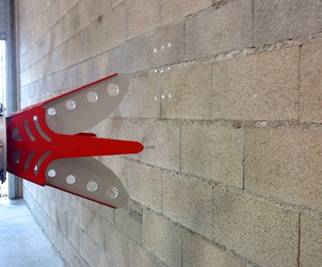
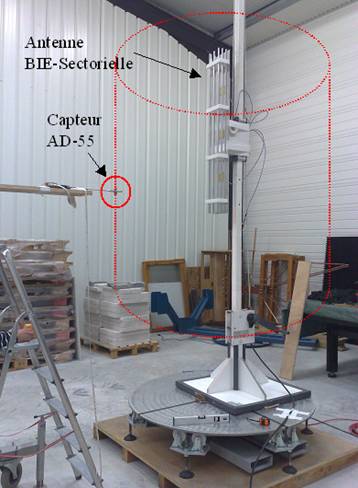
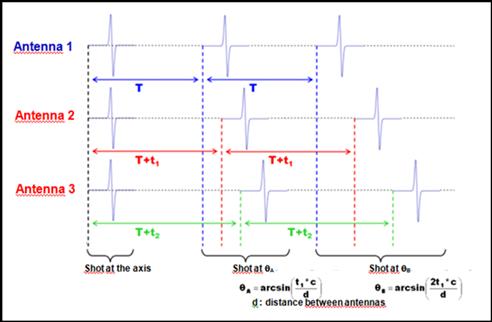
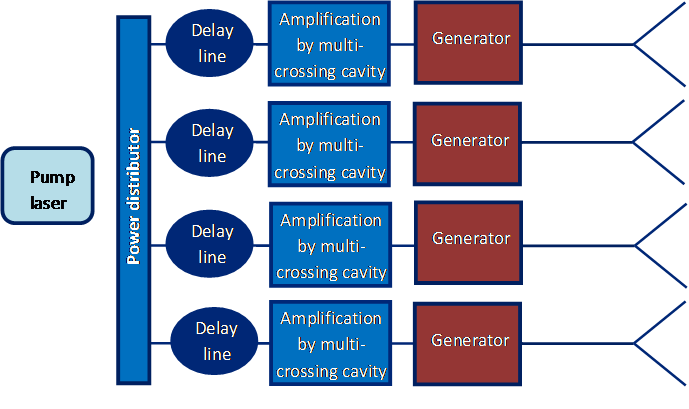
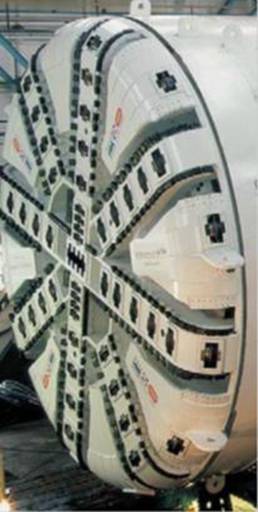
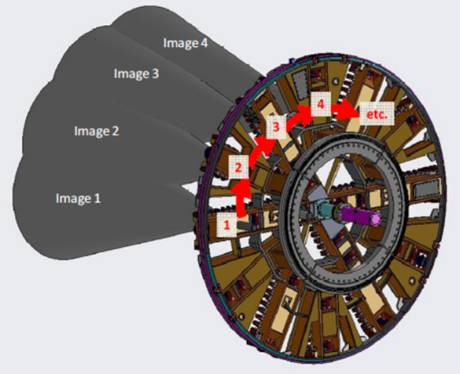
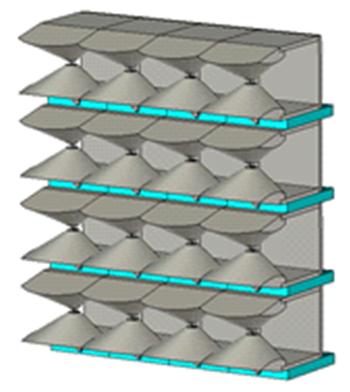
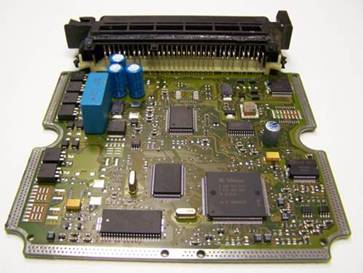






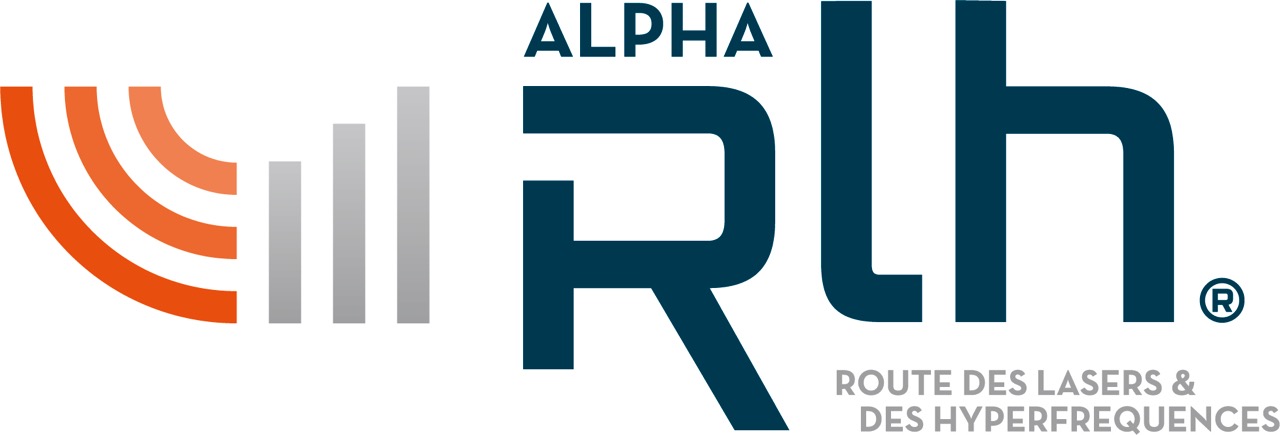

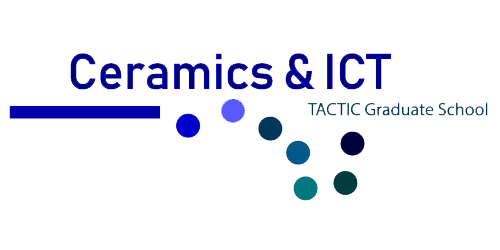
 UMR CNRS n°7252
UMR CNRS n°7252